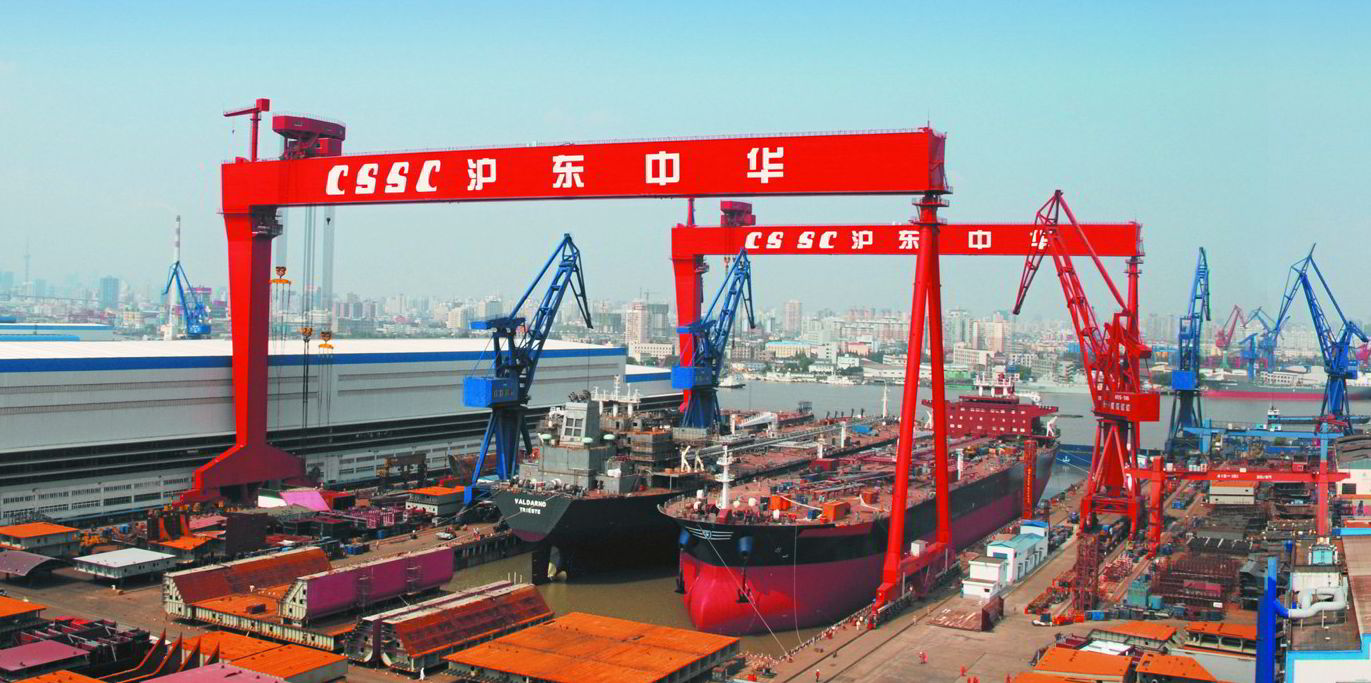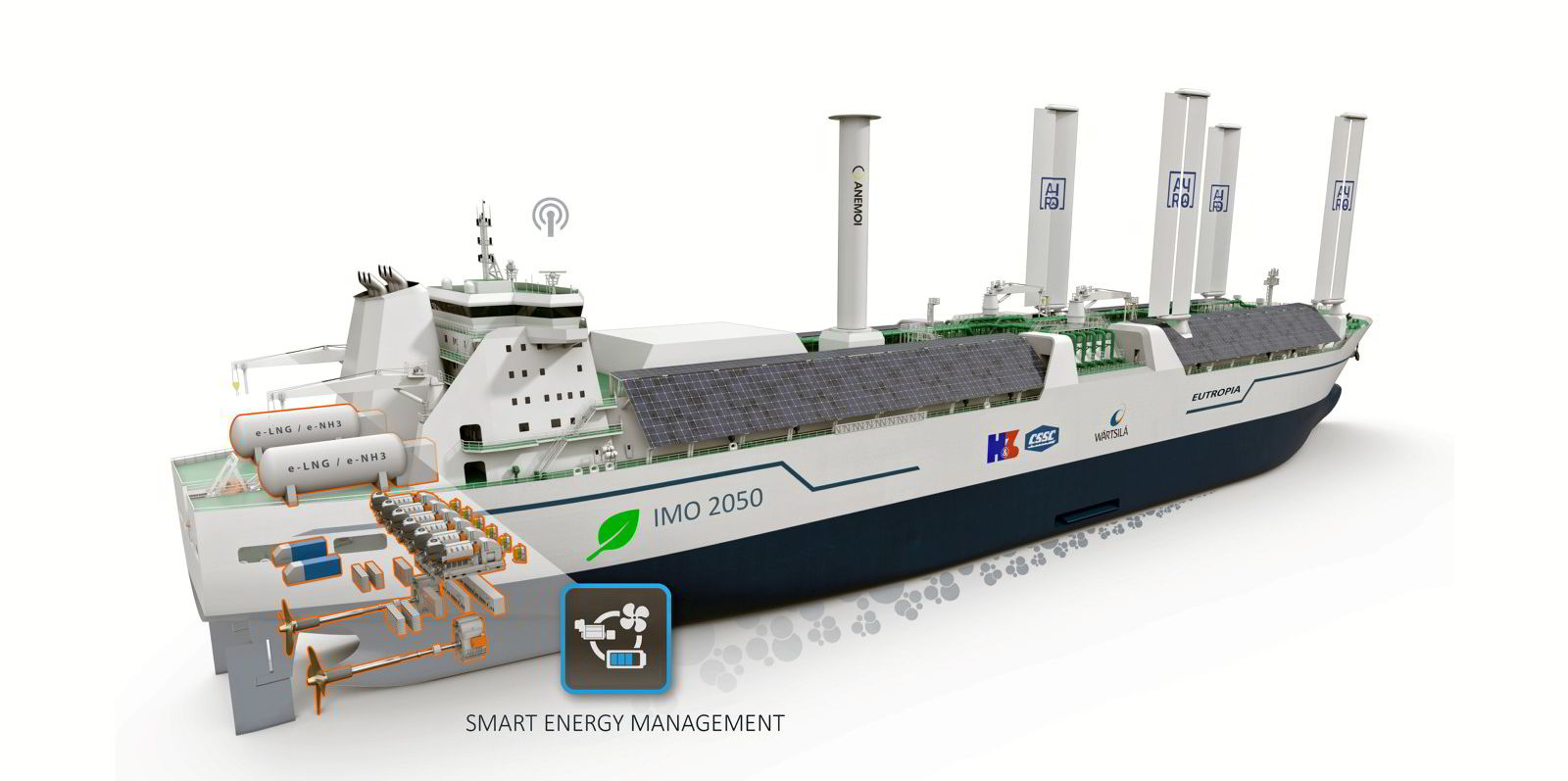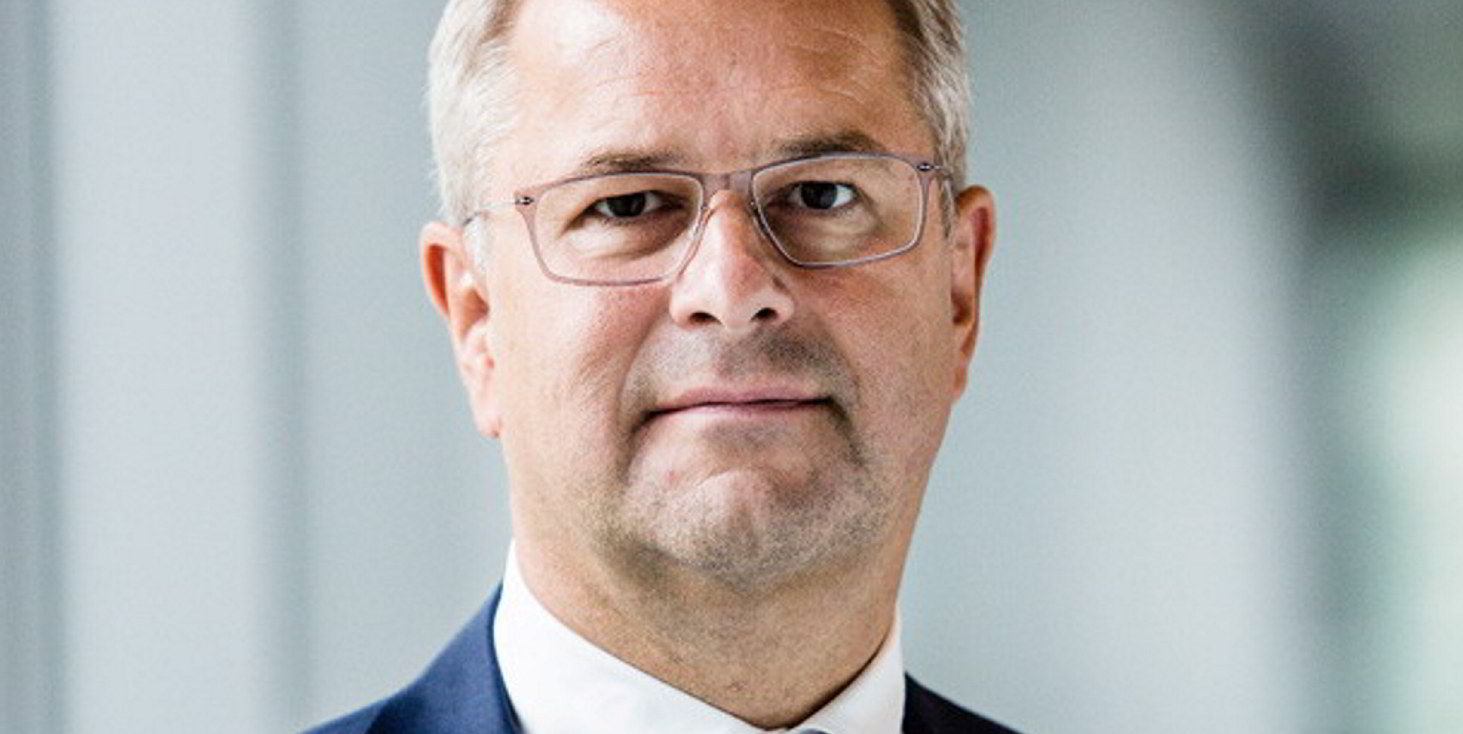China’s Hudong-Zhonghua Shipbuilding (Group) and two partners are working to develop a new multi-fuel electric LNG carrier designed to deliver significant greenhouse gas savings and adopt future decarbonisation technologies.
The shipyard is working with technology group Wartsila and classification society ABS.
Wartsila said the LNG carrier is designed to be “highly flexible”.
The design is being optimised around a compact, electrified, integrated, and efficient propulsion power solution that will lead to a significant reduction in CO2 emissions immediately, the company said.
It will also be ready to efficiently integrate new technologies in the future in order to stay ahead of the requirements of the International Maritime Organization’s Carbon Intensity Indicator (CII), which comes into force from January 2023.
The annual CII rating system is expected to sound the death knell for many older LNG carriers but will become progressively tougher for all vessels.
Wartsila said its integrated systems and solutions experts are working alongside Hudong-Zhonghua’s research and development and LNG carrier design team in Shanghai and the ABS Global Simulation Center and Global Sustainability Center in Singapore, Houston and Athens to evaluate the vessel’s performance against the CII up to at least 2050.
This involves the use of advanced multi-physics modelling and simulation, and the application of various decarbonisation technologies and solutions to the vessel’s design and operational modes.
Continuous adaptation
Song Wei, deputy director of research and development for Hudong-Zhonghua Shipbuilding, said the company was glad to work with its partners on what he said would be a new generation of LNG carriers offering a low-carbon footprint and low operating expenses.
“This state-of-the-art hybrid solution will be developed to power the future LNG carrier, enabling dual-fuel engines to run always at their best efficiency and providing flexible power supply modes to adapt to various load demands,” he said.

ABS senior vice president for global engineering and technology Patrick Ryan said the CII regulation's evolving demands means ships will need to be ready to adapt to improve their ratings in order to remain viable for the duration of their operational lifespan.
“Advanced multi-physics modelling and simulation techniques enable the development of a vessel with a strong CII profile at launch that is also equipped to take advantage of future decarbonisation technologies as they mature,” Ryan added.
Wartsila Marine Power vice president Stefan Nysjo said: “Shipowners are currently faced with unprecedented challenges and uncertainties as they attempt to plan for their fleets to meet the IMO’s CII trajectory of -70% by 2050.”
Nysjo said planning must start now to safeguard a future-proof newbuilding vessel design.
“By optimising the vessel design around a compact, electrified and hybridised propulsion system, remarkably high efficiency will be maintained across a broad range of vessel speeds and power nodes,” he added.
“The modular and hybrid smart propulsion system also provides the correct foundation for the introduction of new and potentially highly intermittent low carbon energy sources and propulsion energy saving devices, both in the newbuild phase and also later as potential retrofit solutions.”






